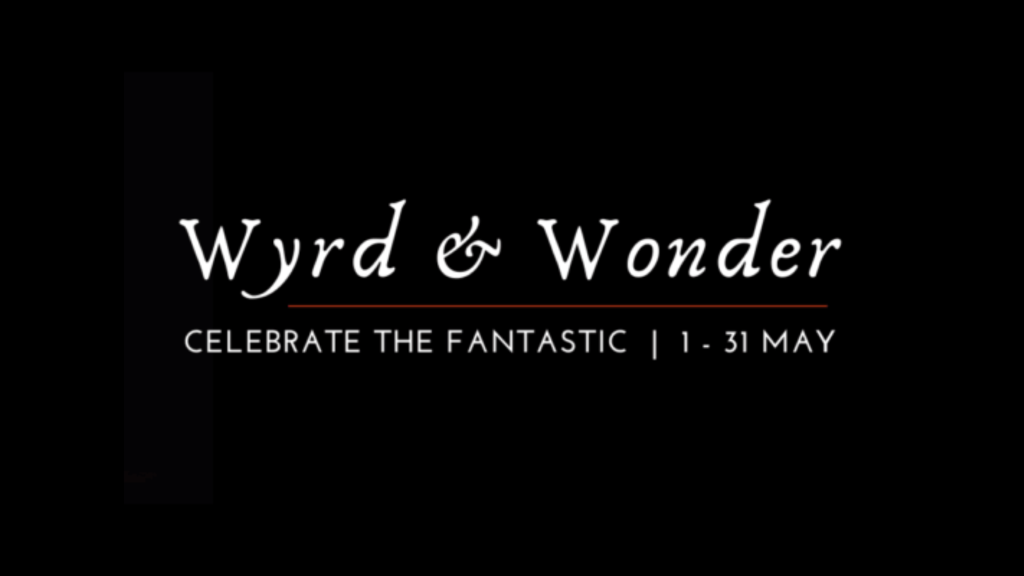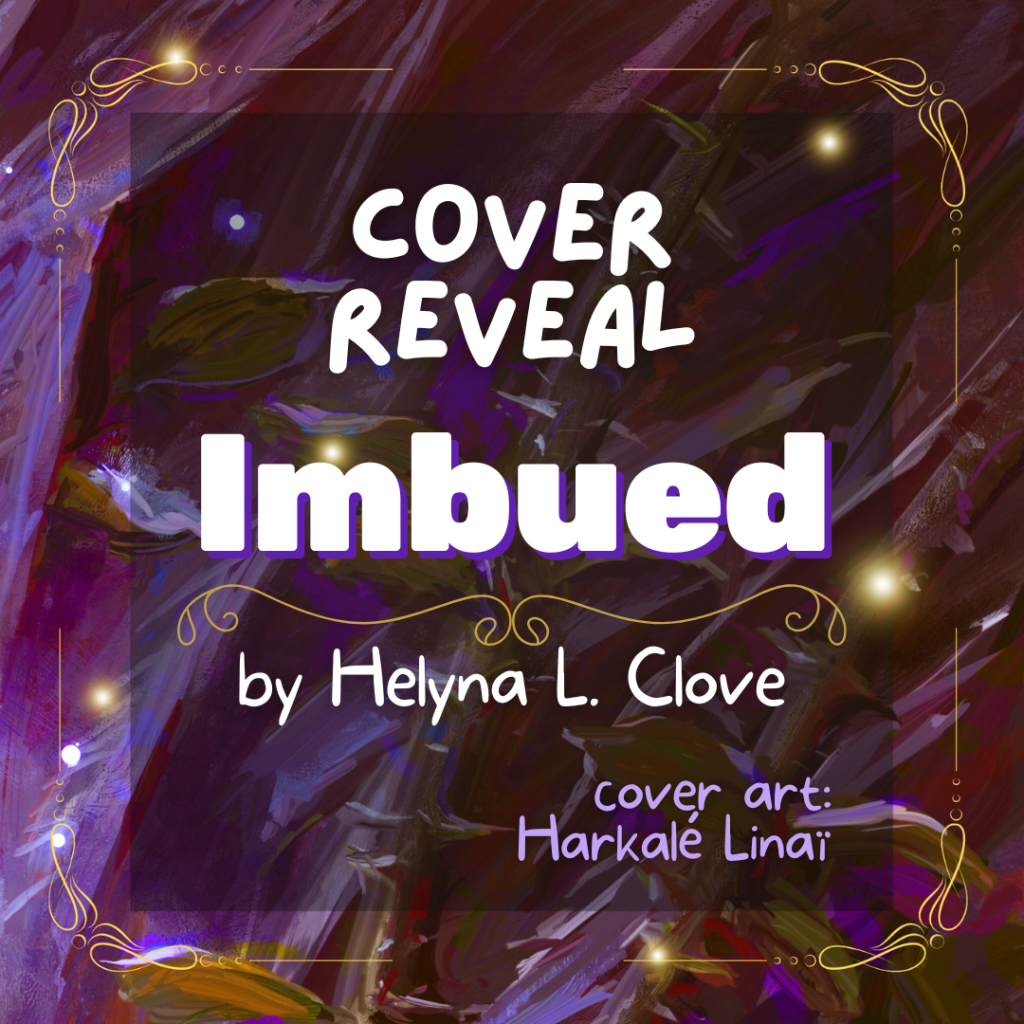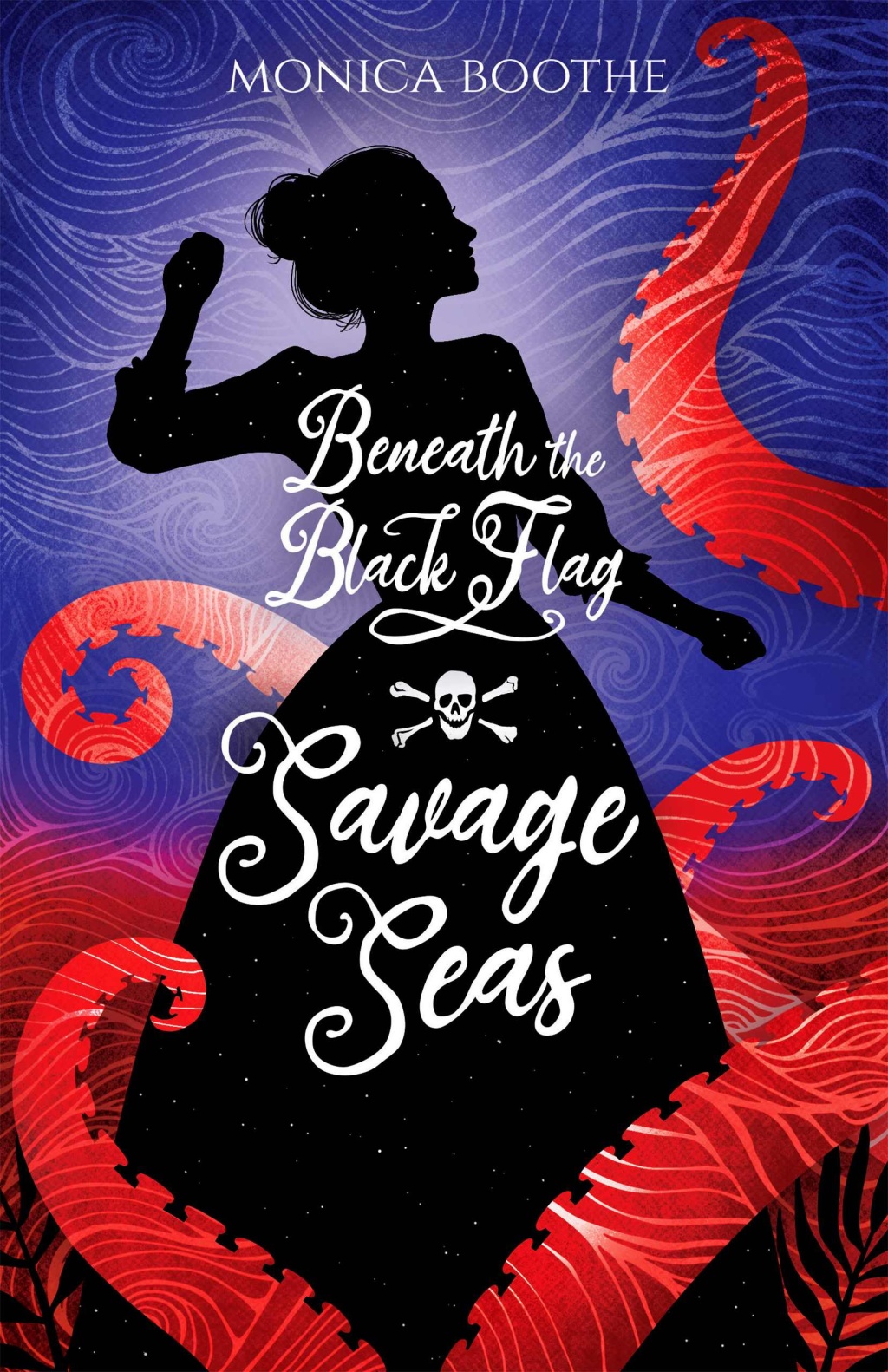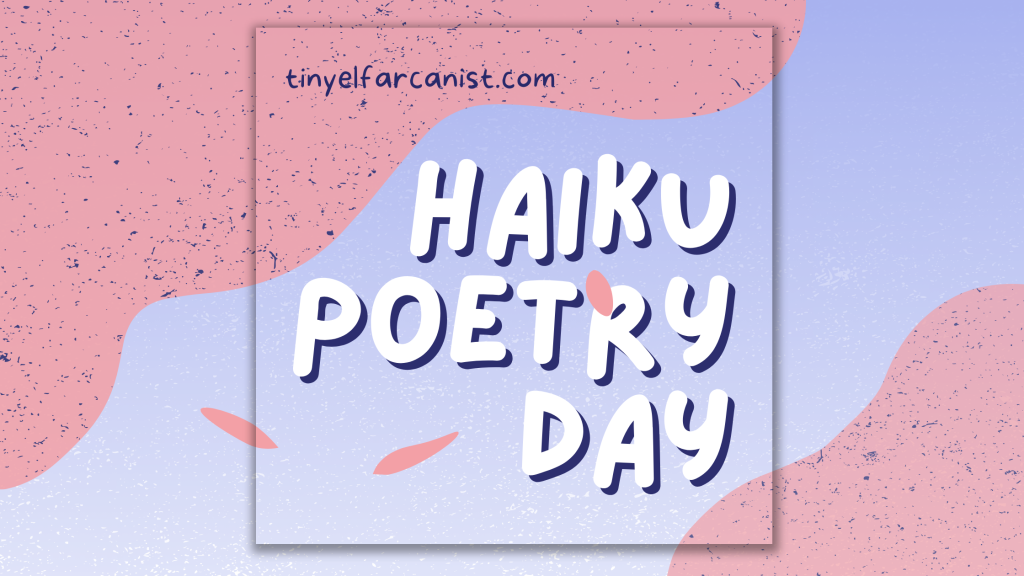If you’ve seen the queer community on Twitter going wild after the priDEMONth thing and don’t get it, Steve Hugh Westenra has some very educational introduction on monsters and marginalized communities.

CW: allusions to homophobia, transphobia, racism, islamophobia, antisemitism; ableism.
At least twice yearly since 2017, I’ve started my introductory undergraduate lectures on monsters and the monstrous by asking my students to answer the question, “what is a monster?” In the tradition of all questions posed to a room of whip-smart twenty-somethings, responses take some coaxing. Clearly there must be a secret answer I’m waiting for, a comment cleverer than all the rest. Eventually that tension snaps and answers stream from mouths or keyboards like strips of skin from a werewolf’s dripping jaws. Monsters are: Frankenstein’s creature, big, scary, vampires, mermaids, aliens, serial killers, fictional, a projection of our fears, a bad word made to attach to marginalized people, the Other, ugly, beautiful, alone. Monsters are us. Certainly, this last response will be attractive to many, informed as it is by our post-modern suspicion of labels that demonize minority groups.
Each reply provokes another. Once you start, it’s difficult to stop talking about monsters, and in the words of Lays Potato Chips, you can never have just one.
The monster contains within itself a multitude of possible meanings and readings—as many or more in fact as there are humans to interpret it. How to define something so semantically slippery, and which by its very hybrid and shifting nature dwells constantly in a state of flux? Perhaps, as those who describe monsters as purely fictional would suggest, it doesn’t matter. Surely, in our world of technological marvel and scientific certainty, we have no need anymore for monsters. And yet, even if the boogeyman isn’t real, the child tugging their blanket up to their chin still feels the monster’s effect. In that sense at least, monsters have a genuine impact on how we navigate and interpret our environment.
“Calling someone or something a monster has a dehumanizing force that marks the person or thing being named as somehow outside the realm of the Good.”
Many of us may feel more comfortable addressing monsterhood as a set of behaviours: monsters are unseen members of society who may wear beautiful faces but whose perfect or “normal” bodies are a thin veil for secret deviance (the psychopaths, narcissists, and abusers among us). Yet literal belief in monsters from Bigfoot to Antichrist co-exists very happily with this more metaphorical and reflexive definition of the term. A cursory glance at media headlines decrying politicians, criminals, and minority groups as literalized or figurative monsters should be enough to disabuse us of the notion that even if we might not personally believe werewolves stalk the British moors, the act of calling someone or something a monster has a dehumanizing force that marks the person or thing being named as somehow outside the realm of the Good. Someone who has abdicated their humanity.
There’s an intoxicating comfort to the notion that we not only abhor the acts of people like Jeffrey Dahmer, Adolf Hitler, or Margaret Thatcher, but that we do not even belong to the same species. Historically, designations of monsterhood were not attached exclusively to violent offenders or bigots, but against marginalized and vulnerable groups in order to justify exploitation. We see this anywhere from medieval Christian depictions of Jews and Muslims as in league with Satan,1 to nineteenth-century depictions of Black American rebels like Nat Turner as Frankenstein’s monster,2 to conservative Christian depictions of AIDs victims—primarily gay men and intravenous drug users—as monstrous vampiric creatures who populate Christian Hallowe’en attractions.3 To exist outside the category of the human is to be susceptible to inhuman treatment. And as I write in my PhD thesis, for marginalized people in particular, human has historically been an impossible standard. On the other hand, to mark a person such as a serial killer or other violent criminal as a monster, is to absolve us humans of the potential to do wrong. There’s a danger in failing to recognize the possibility within ourselves for great harm.
Despite all this, it’s not only possible to speak about monsters; we can’t seem to shut up about them. In 2023 literary and cinematic vampires have once again risen from their purported grave with more than one Dracula adaptation or spinoff film released this year, while young adult novels continue to plumb the depths of classic monster tales as source material for their heroes and villains.

How to untangle such a diverse and complex topic, which necessitates study of not one or even two cultures, but all human culture from pre-history to the present?
The text I always gesture toward for newcomers to Monster Studies is Jeffrey Jerome Cohen’s field-defining essay, “Monster Culture: Seven Theses,” in which Cohen distills what he has identified as seven key features that help define what we mean by monster. To paraphrase Cohen, monsters are cultural products that are specific to the historical times and places from which they emerge (that is, context determines what is considered monstrous and how those monsters are depicted and understood). Each time Godzilla roars onto the screen, page, or from inside the action figure case, for example, it embodies culturally and historically specific concerns. There is no disentangling the very first Godzilla from its Japanese context and contemporary anxieties like those concerning nuclear disaster, environmental devastation, and Americanization. Likewise, each of the vampire’s various iterations speaks to the particular context from which it has emerged—Stoker’s Dracula is different from Rice’s Lestat, and What We Do in the Shadows reacts both to the legacy of the vampire while being very much informed by an ironic humour characteristic of contemporary post-modern trends, and dependent on the development of queer camp.4 So-called “monstrous births”—children we would today in the West consider disabled—were read in the ancient world as non-human, and physically disabled people were displayed as exhibits in freakshows well into the Twentieth Century.5
Monsters, particularly those that populate our fiction, are also both prohibitive in that their stories warn against certain types of behaviour, and a source of both entertainment and catharsis in that they not only embody our deepest, darkest desires, but because we allow them to transgress the social boundaries we hold culturally dear (and might secretly wish to transgress ourselves). On the side of prohibition, for example, the story of Little Red Riding Hood and her encounter with the wolf is often interpreted as a warning to children against venturing into the woods alone. Still other folktales, fairytales, and religious narratives, argue against the dangers of marrying outside your community by reframing foreigners or other strangers as cannibalistic or sexually dangerous (e.g. Bluebeard the murderous husband of young brides, or the story of the fall of the Watcher angels whose hybrid human-angel children begin to devour humankind and must be wiped from the earth). More recently, we might gesture to the classic slasher movie trope that the first teenager(s) to have sex are liable to find themselves leaking much less pleasant fluids than they perhaps expected. These stories warn us that a monster—figurative or literal—will come to punish us should we transgress, while tantalizing us with the monster’s own freedom to act outside those same bounds. Through monsters, we are able live out our most forbidden desires.
“The monster should always be a threat to someone or something. Often that thing is the status quo.”
It’s no wonder that the very word, monster, derives from the Latin verbs monstro/monstrare (to show, to portend) and moneo/monere (to warn, to advise). Monsters always have something to communicate not simply about themselves, but about the people who conceive of them.
When it comes to a term that can mean such a wide variety of things cross-culturally and interpersonally, I’m fond of constructing not a rigid, inflexible definition so much as a cluster one. There are certain traits we might associate with monsters more broadly. Monsters, we might argue, are generally transgressive, are liminal in some way (whether this means physically residing in liminal spaces and appearing at liminal times, or occupying liminal hybrid or metamorphic bodies), and are typically characterized by either perceived excess or extreme lack. Generally, monsters are also always threatening in some way. This isn’t quite the same thing as saying the monster is always the villain (consider popular monster heroes or protagonists like Edward Scissorhands), but the monster should always be a threat to someone or something. Often that thing is the status quo.
In many ways, I have argued, monsters are some of the most personal artifacts one can identify from a particular culture. Because so often they warn against the dangers of acting outside the social mores of a given society, they help define, in negative, what it means to belong to that society or in-group. Contrasted against what is understood to be human, they help shore up the human and decide which people count as part of that class and which don’t. To call someone a monster, as many a bloody history shows us, is to paint them as inhuman and therefore as someone against whom it is considered justifiable to enact violence, foment prejudice, and impose oppressive systems.

When it comes to fiction, so many of our most popular monsters and villains depend on a common visual language of monstrosity to quickly communicate to the audience that a particular character is Bad. Often this language’s vocabulary stems from the history of depicting marginalized people and the physical characteristics stereotypically associated with them as inherently monstrous or as indicative of a moral failing. Many times, villains and monsters will display a range of these characteristics, combining, for instance, both fatness and queerness in one monstrous body as in the case of the sea witch Ursula from Disney’s The Little Mermaid (1989), or associating Jewishness and sickliness or effeminacy. Even contemporary movies such as Wonder Woman (2017) and The Witches (2020) use disability as shorthand for both villainy and monstrosity. This is not to say that we ought not to ever depict marginalized people who are immoral or who do bad things, but that a lazy dependence on these tropes only reinforces a cultural association that continues to be harmful for real people. It would behoove us to think more deeply, and study in more detail, for example, why a foreign accent communicates immediately that a character is one we should be suspicious of, or why the heroes in our children’s media all look relatively the same. Knowledge of the history behind these associations can be a powerful tool, and with that tool in hand, as artists, we can make deliberate choices.
The history of the monster is so often the history of exclusion and oppression, but it has also been and can be the history of marvel and of the expression of human curiosity and desire. Increasingly, the very marginalized people who historically have been demonized by these figures, use monster stories as a way to explore their experiences and express the need to push back against universalizing narratives of white supremacy, hetero and cis-normativity, and ableism. To speak of and write about monsters is a beautiful thing with the potential to draw us into liminal and rarely-seen worlds, opening up new avenues of expression. So, if you dare to do so, meet me at the crossroads at midnight, venture into the deep dark woods, and slip off your human skin to become something fantastical.
References
- See: Debra Higgs-Strickland, Saracens, Demons, and Jews: Making Monsters in Medieval Art (Princeton: Princeton UP, 2003).
- Elizabeth Young, Black Frankenstein: The Making of an American Metaphor (New York: New York UP, 2008), 19-20.
- Harry M. Benshoff, Monsters in the Closet: Homosexuality and the Horror Film (Manchester: Manchester UP, 1997), 2-3.
- This is not the same as saying that particular monstrous “types” don’t have long-lived associations. Literary and cinematic vampires have generally been associated with sexuality in one way or another. Dracula is often read as both the object of illicit, homoerotic attraction, and a sexually magnetic, Jewish-coded foreigner; while the recent adaptation of Interview with the Vampire puts queer sexuality and same-sex desire front and centre.
- Jeffrey Jerome Cohen, “Monster Culture (Seven Theses),” in Monster Theory: A Reader, ed. Jeffrey Jerome Cohen (Minneapolis: University of Minnesota Press, 1996), 3-25.
About Steve Hugh Westenra
Steve is a trans author of fantasy, science fiction, and horror (basically, if it’s weird he writes it).

He grew up on the eldritch shores of Newfoundland, Canada, and currently lives and works in (the slightly less eldritch) Montreal. He holds advanced degrees in Russian Literature, Medieval Studies, and Religious Studies. His current academic work focuses on marginalized reclamations of monstrous figures. He teaches the History of Satan and Religion and its Monsters.
In 2018, Steve’s lesbian Viking novel, Ash, Oak, and Thorn, was selected for the Pitch Wars mentoring program and agent showcase. During Pitch Wars, Steve was lucky to receive mentorship from fellow queer author, K. A. Doore.
His queer horror comedy, The Erstwhile Tyler Kyle, was mentored by Mary Ann Marlowe in the inugural #Queerfest class.
He is a SPFBO9 entrant.
Steve is passionate about queer representation, Late Antiquity, and spiders.






Leave a comment